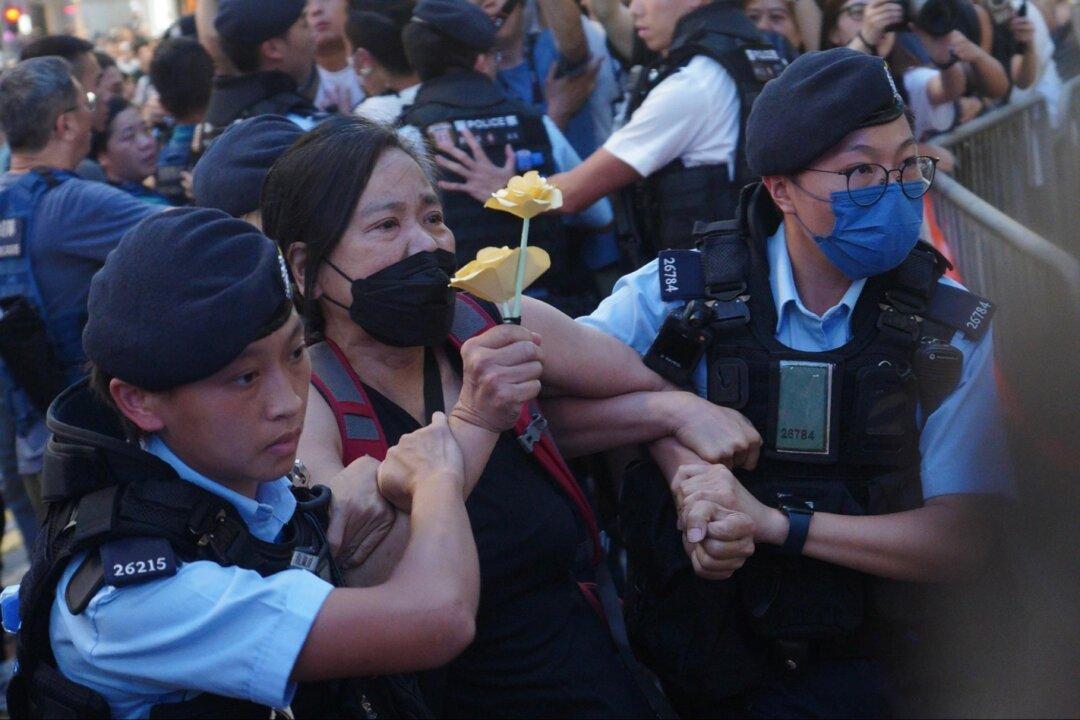Commentary
At the turn of 2023, two pieces of news about Hong Kong caught my attention. First, the government-sponsored new year countdown celebration was reportedly watched by three billion worldwide. In contrast to Queen Elizabeth II’s funeral, which drew more than four billion views globally, people wonder how an unimpressive countdown of an increasingly Xinjiang- or Pyongyang-style Chinese city could have attracted just one billion short of that of Queen Elizabeth’s funeral. Some suspect this exaggeration results from the mandatory “telling positive stories of Hong Kong.”





